Filter products
Menstruation
Menstruation is often accompanied by menstrual cramps and can be a challenge for many women. Hormonal fluctuations, pain and psychological problems make this time of the month a time when women should pay more attention to their wellbeing. Give yourself the rest you need and support your body's needs in a natural way during menstruation: Calcium, magnesium and zinc can help gently relieve menstrual cramps and improve your general wellbeing. Slowing down and being aware of your body's needs can also have a positive effect on how you feel.
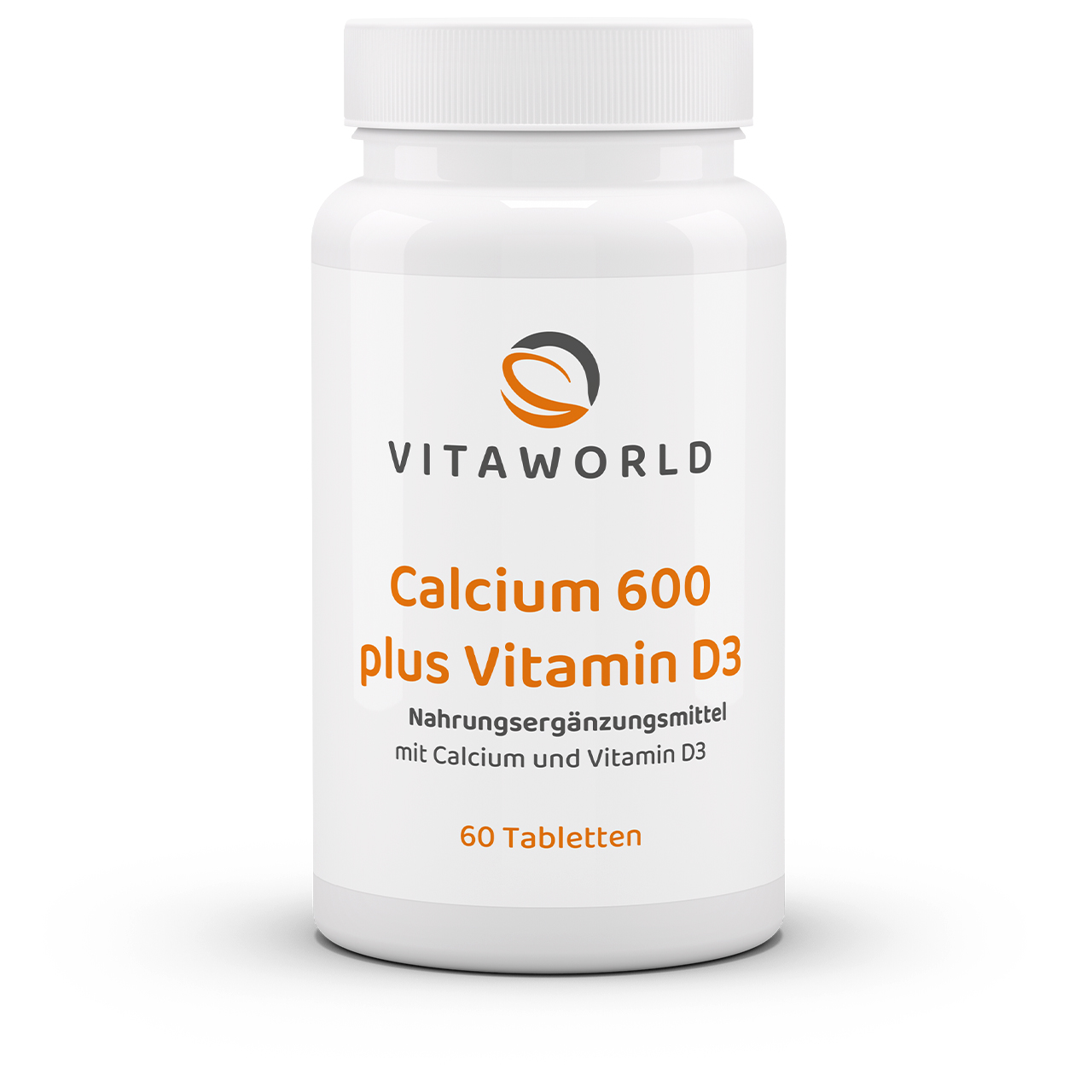
- Strong foundation – calcium for normal bones and teeth
- Better absorption thanks to vitamin D3 – supports calcium absorption in the body
- More than just bone protection – also important for nerves, muscles and blood clotting
Content: 0.1068 Kilogramm (€111.42 / 1 Kilogramm)
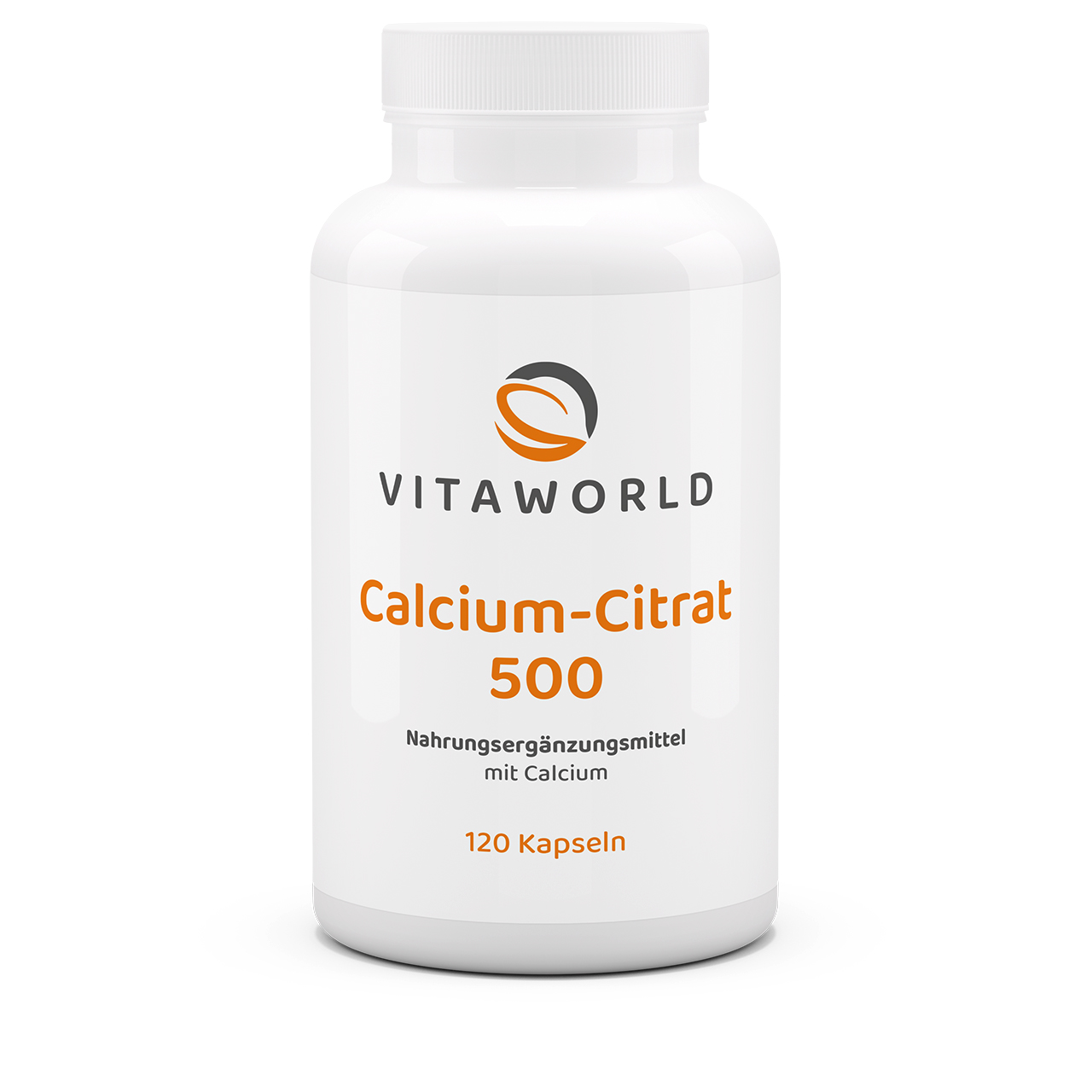
- For strong bones and teeth – essential calcium for your daily nutritional needs
- Well supplied – 533 mg calcium from easily absorbable tricalcium citrate
- More than just bone protection – calcium also supports muscle function, energy metabolism and nerves
Content: 0.104 Kilogramm (€143.27 / 1 Kilogramm)

- Plant-based: 14 mg iron from natural curry leaf extract per capsule
- Clever combination: With 40 mg vitamin C from acerola for optimal iron absorption
- Gentle & effective: Well tolerated – also ideal for vegetarians and vegans
Content: 0.067 Kilogramm (€341.79 / 1 Kilogramm)

- 400 mg magnesium per capsule – extra high dose for your daily intake
- Contributes to normal muscle and nerve function
- Ideal for increased requirements – e.g. during sport, stress or an unbalanced diet
Content: 0.0941 Kilogramm (€105.21 / 1 Kilogramm)
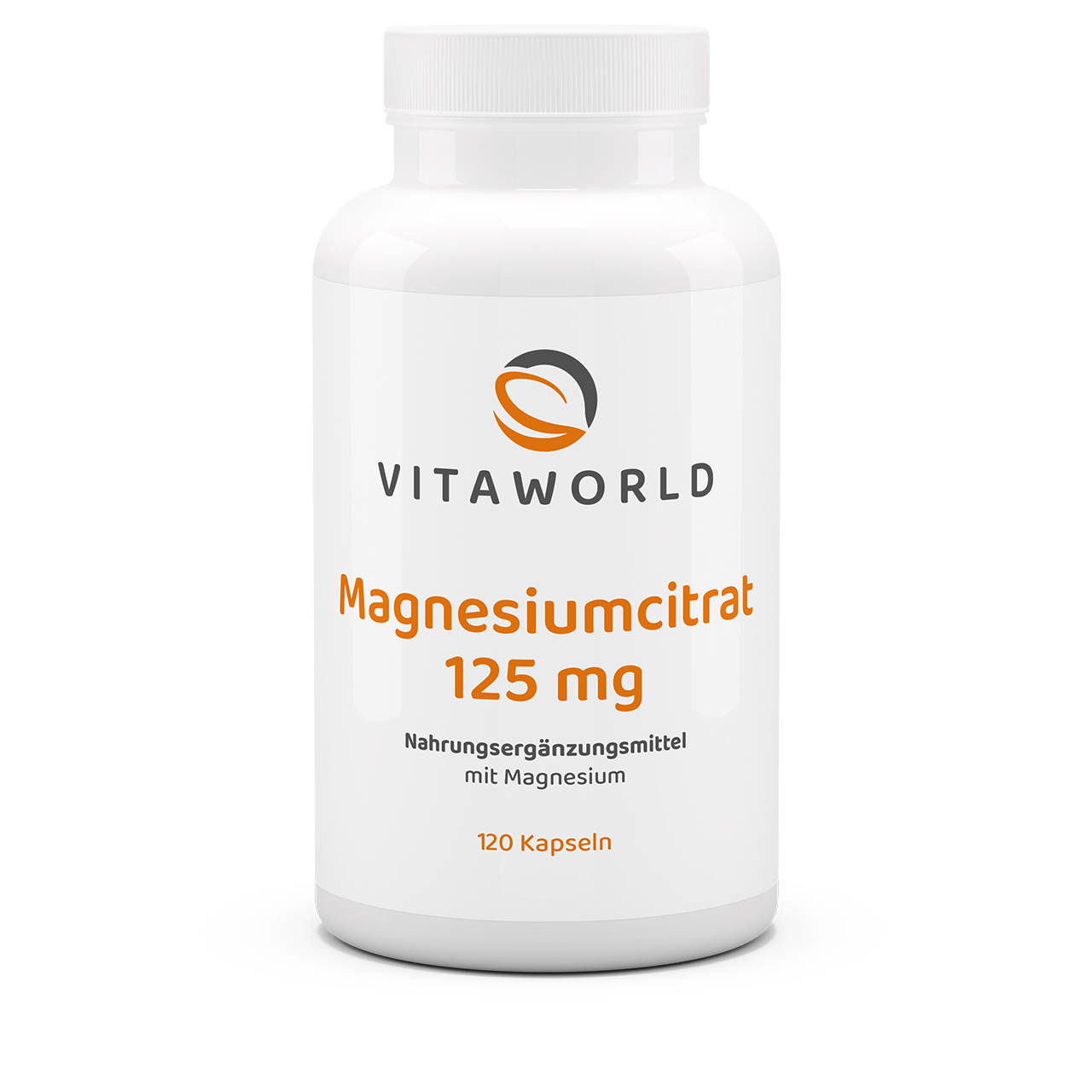
- 375 mg magnesium daily – well dosed & quickly available
- For muscles, bones & energy metabolism
- Citrate form with high bioavailability – particularly well tolerated
Content: 0.112 Kilogramm (€115.18 / 1 Kilogramm)
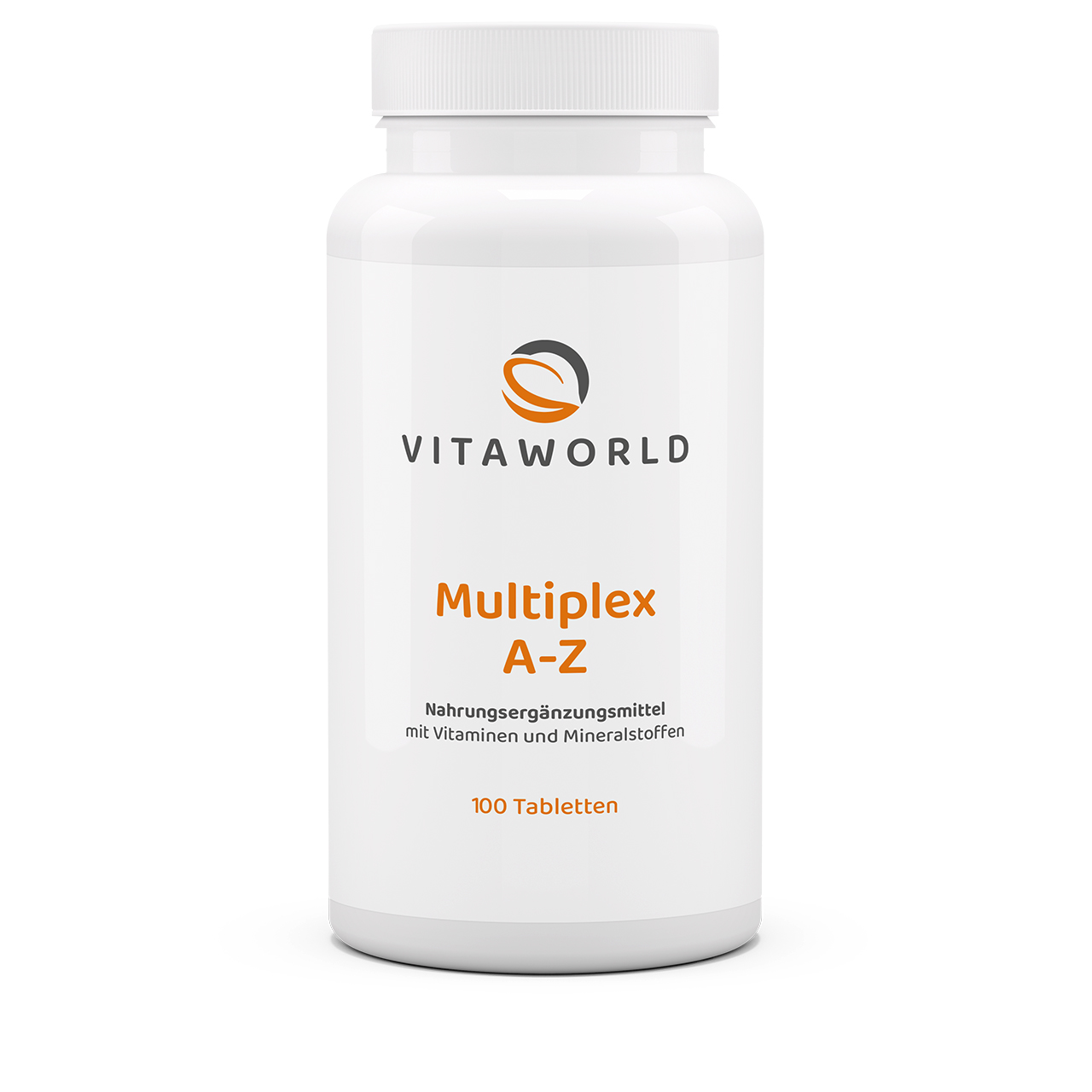
- With 24 carefully balanced vitamins, minerals and trace elements
- Contains all essential micronutrients – from A to Z
- For your daily all-round care – ideal for everyday use and when you need a little extra
Content: 0.0125 Kilogramm (€1,192.00 / 1 Kilogramm)
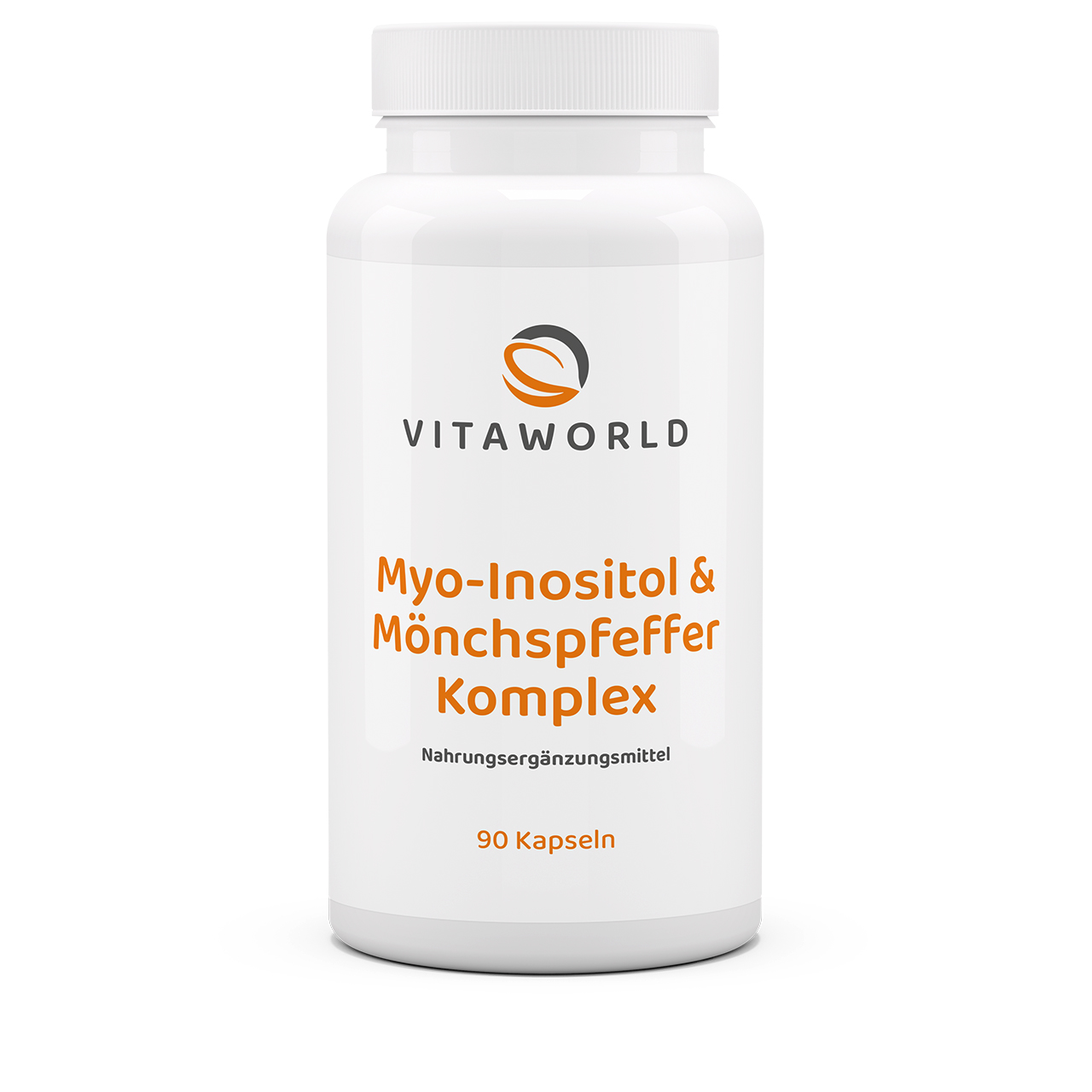
- With monk's pepper, myo-inositol & L-carnitine – carefully combined for women
- Vitamin B6 helps regulate hormone activity
- Plus iron, zinc, folic acid & B12 – targeted nutrient supply for active stages of life
Content: 0.045 Kilogramm (€442.22 / 1 Kilogramm)
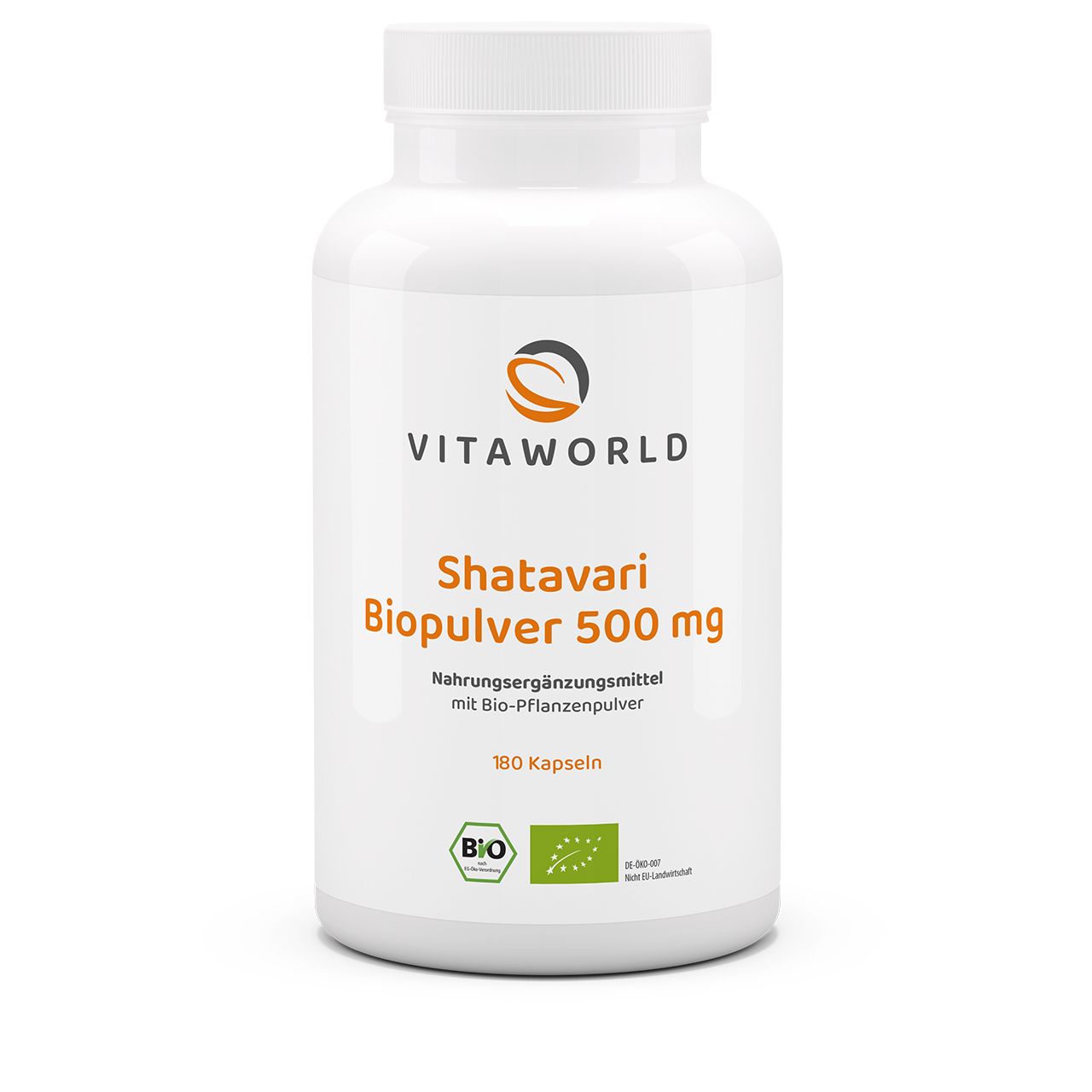
- Traditionally valued during periods of hormonal change
- Known as the ‘queen of herbs’ in Ayurvedic herbal medicine
- A gentle and natural companion for women in new phases of life
Content: 0.1116 Kilogramm (€169.35 / 1 Kilogramm)
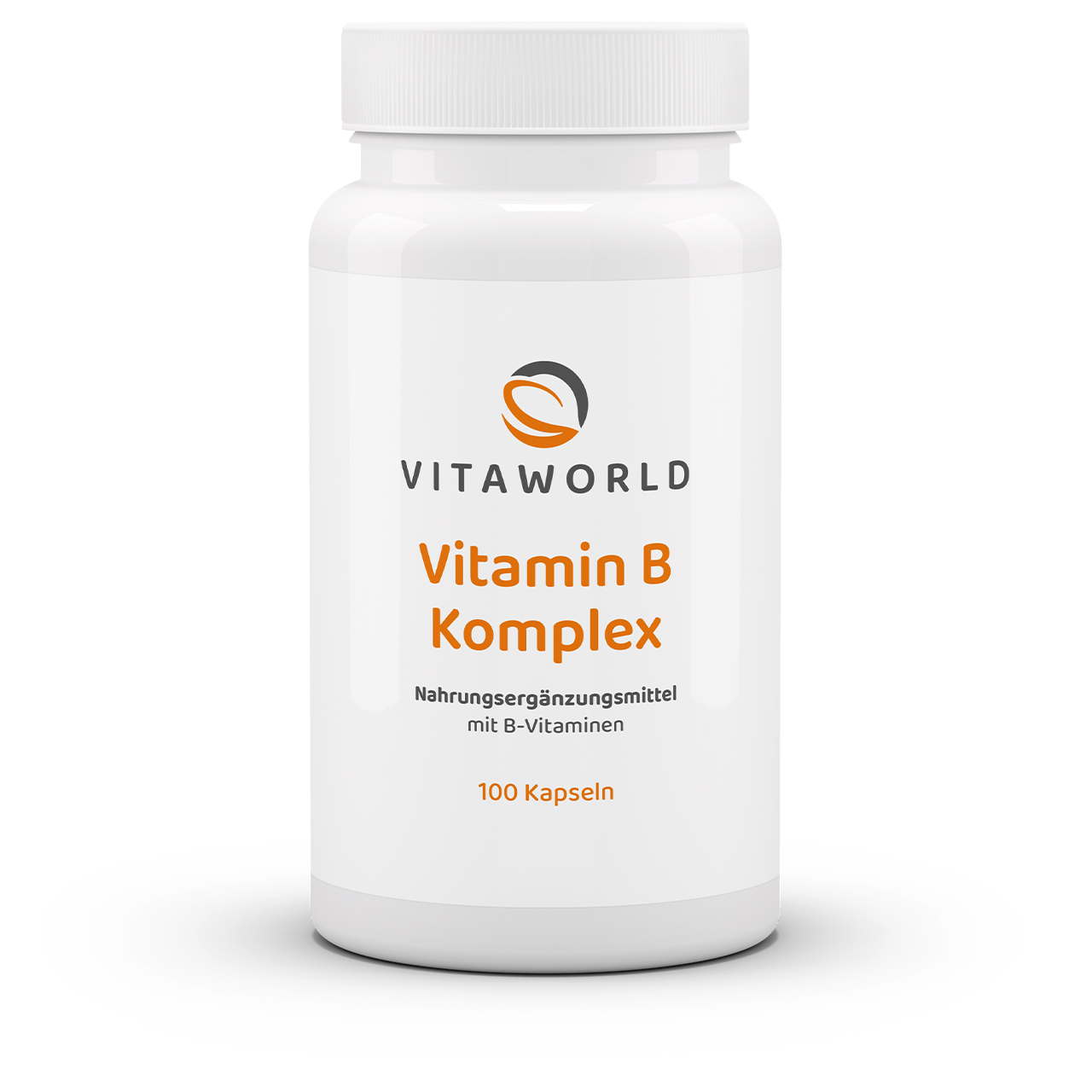
- All 8 B vitamins in one capsule – ideally combined & high dosage
- Supports energy production, cell metabolism & nerve function
- For times of high demands – physically and mentally
Content: 0.0413 Kilogramm (€263.92 / 1 Kilogramm)
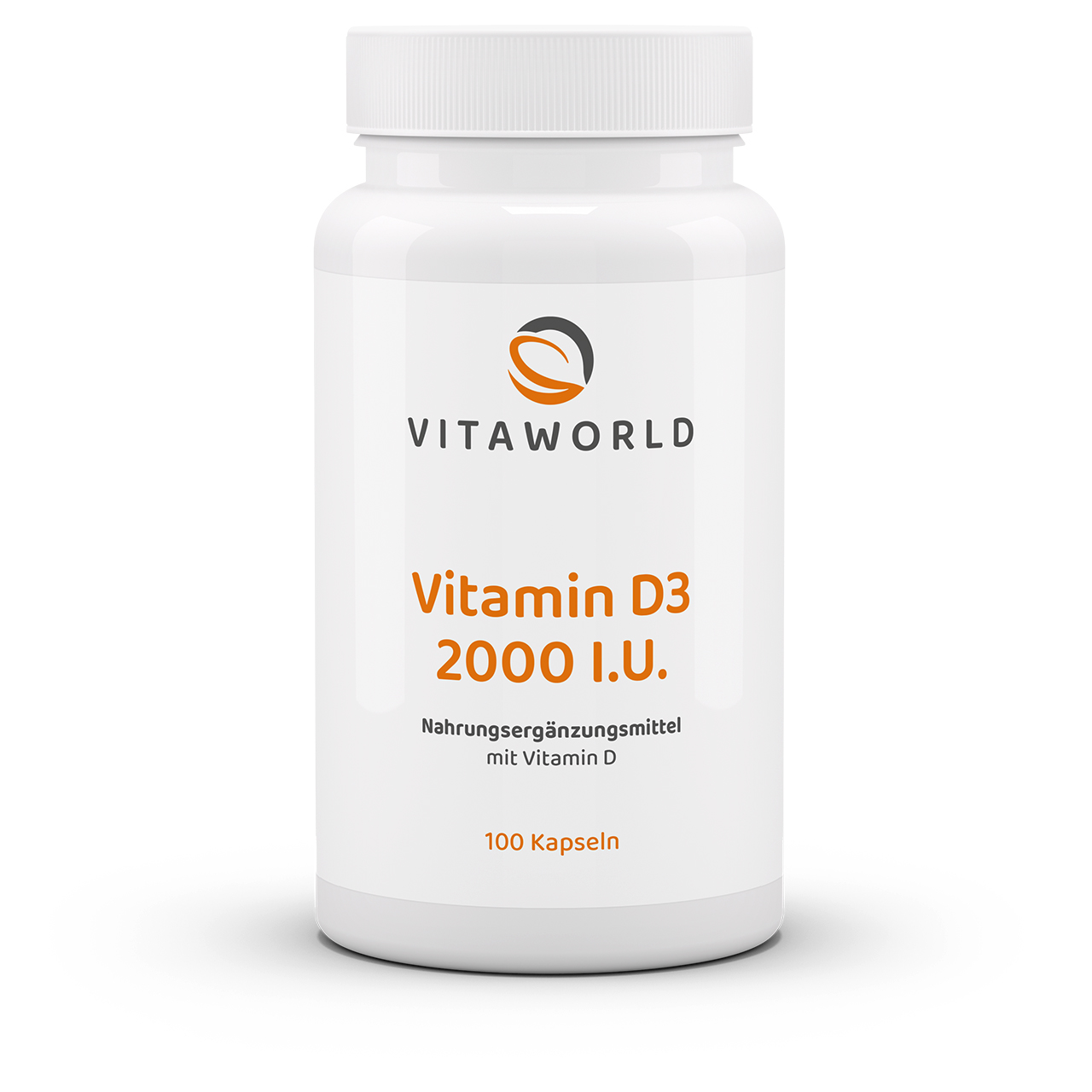
- Practical dosage – ideal for your daily vitamin D routine
- Contributes to the maintenance of normal bones, muscles and the immune system
- The sun vitamin – valuable in times of low light
Content: 0.028 Kilogramm (€389.29 / 1 Kilogramm)

- D3 & K2 – a powerful duo for bones and balance
- For a strong immune system and active days
- Helps you stay mobile and active
Content: 0.0158 Kilogramm (€1,196.20 / 1 Kilogramm)
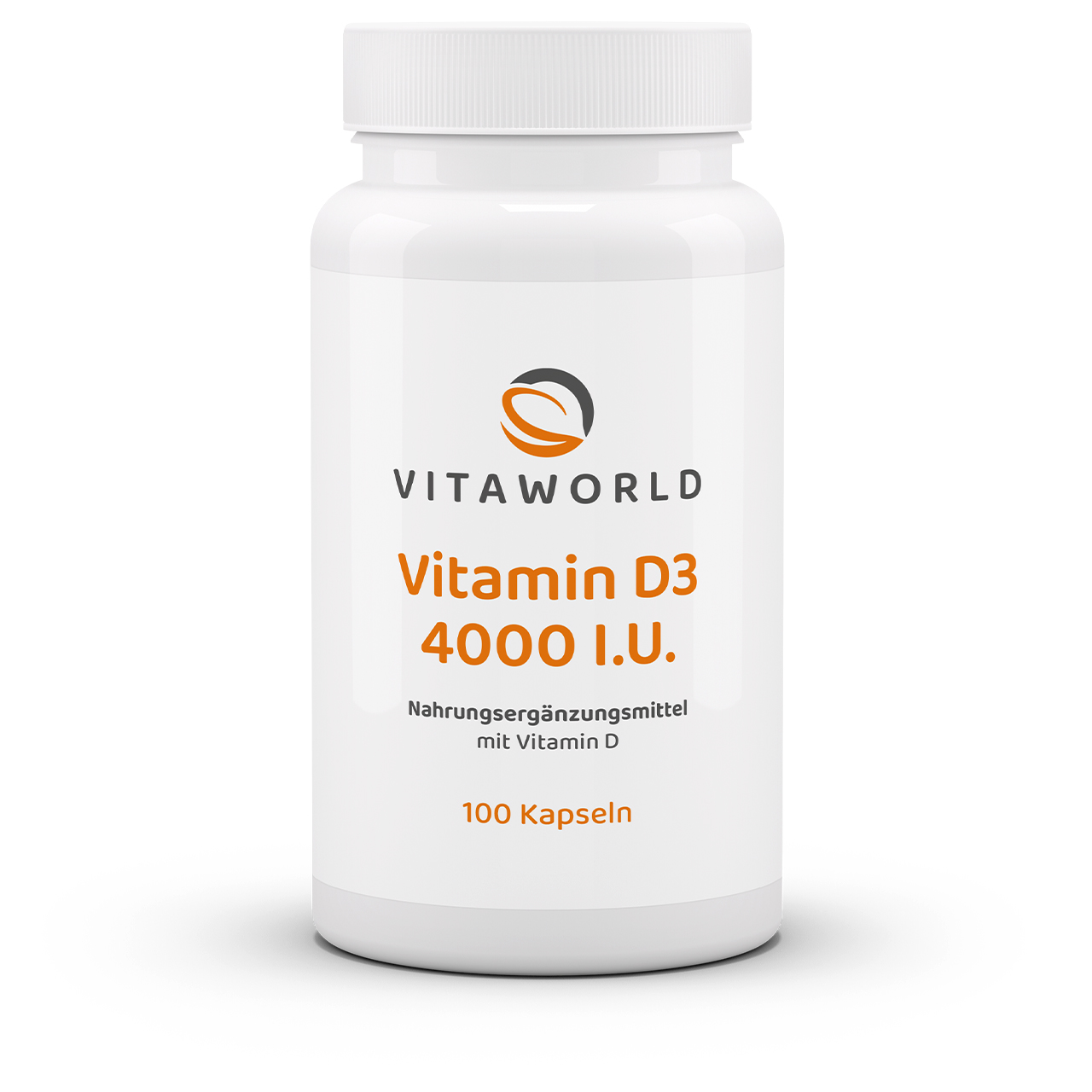
- Practical dosage – ideal for your daily vitamin D routine
- Contributes to the maintenance of normal bones, muscles and the immune system
- The sun vitamin – valuable in times of low light
Content: 0.0215 Kilogramm (€693.02 / 1 Kilogramm)

- Liquid D3 in MCT oil – easily absorbed & neutral taste
- Individually dosable – flexible for everyday use
- Coconut-based MCT oil – neutral taste & easily digestible
Content: 0.05 Liter (€398.00 / 1 Liter)
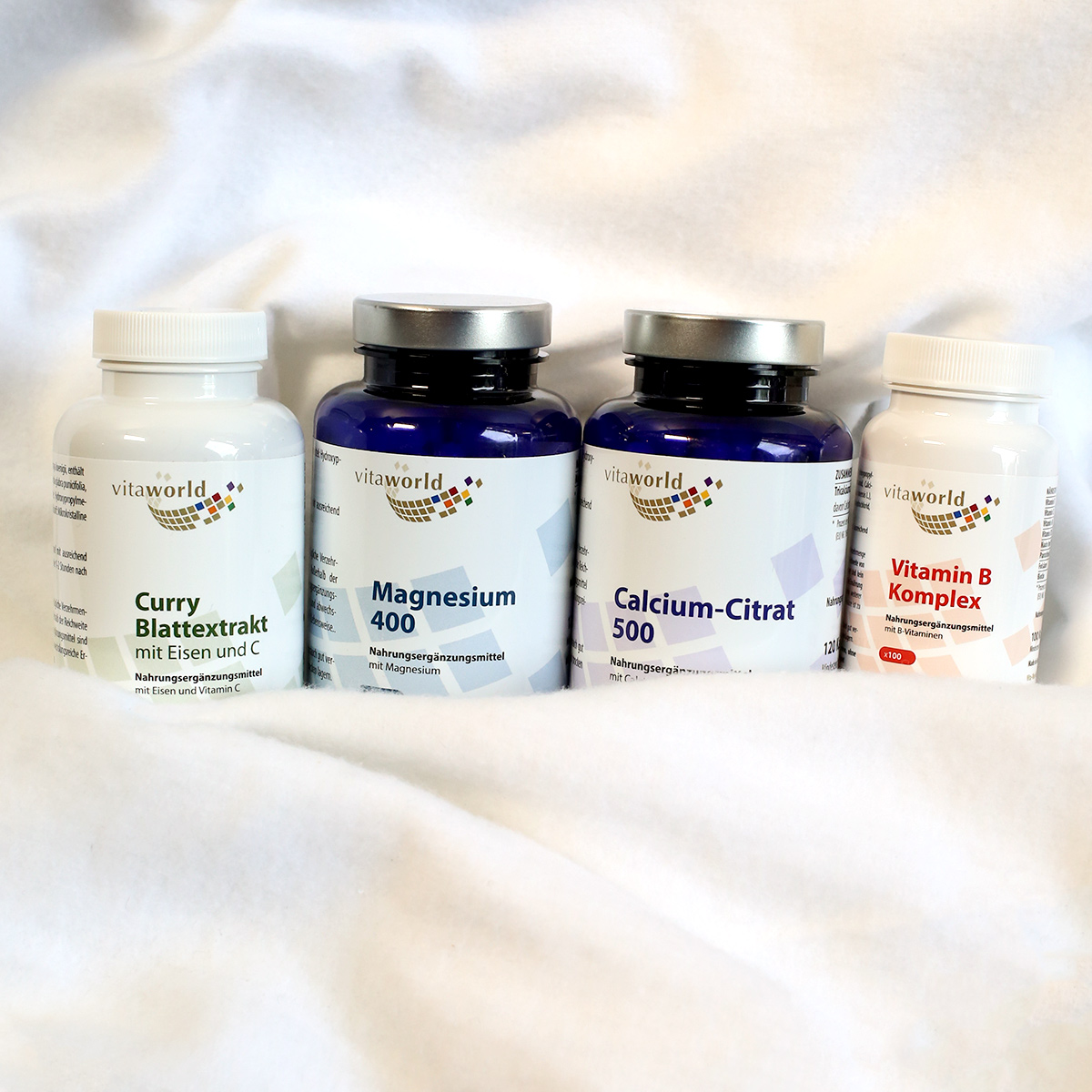
- For strong days – with natural iron & magnesium
- More energy, less fatigue – thanks to B vitamins & iron
- With calcium to support blood clotting
Content: 0.3134 Kilogramm (€159.22 / 1 Kilogramm)
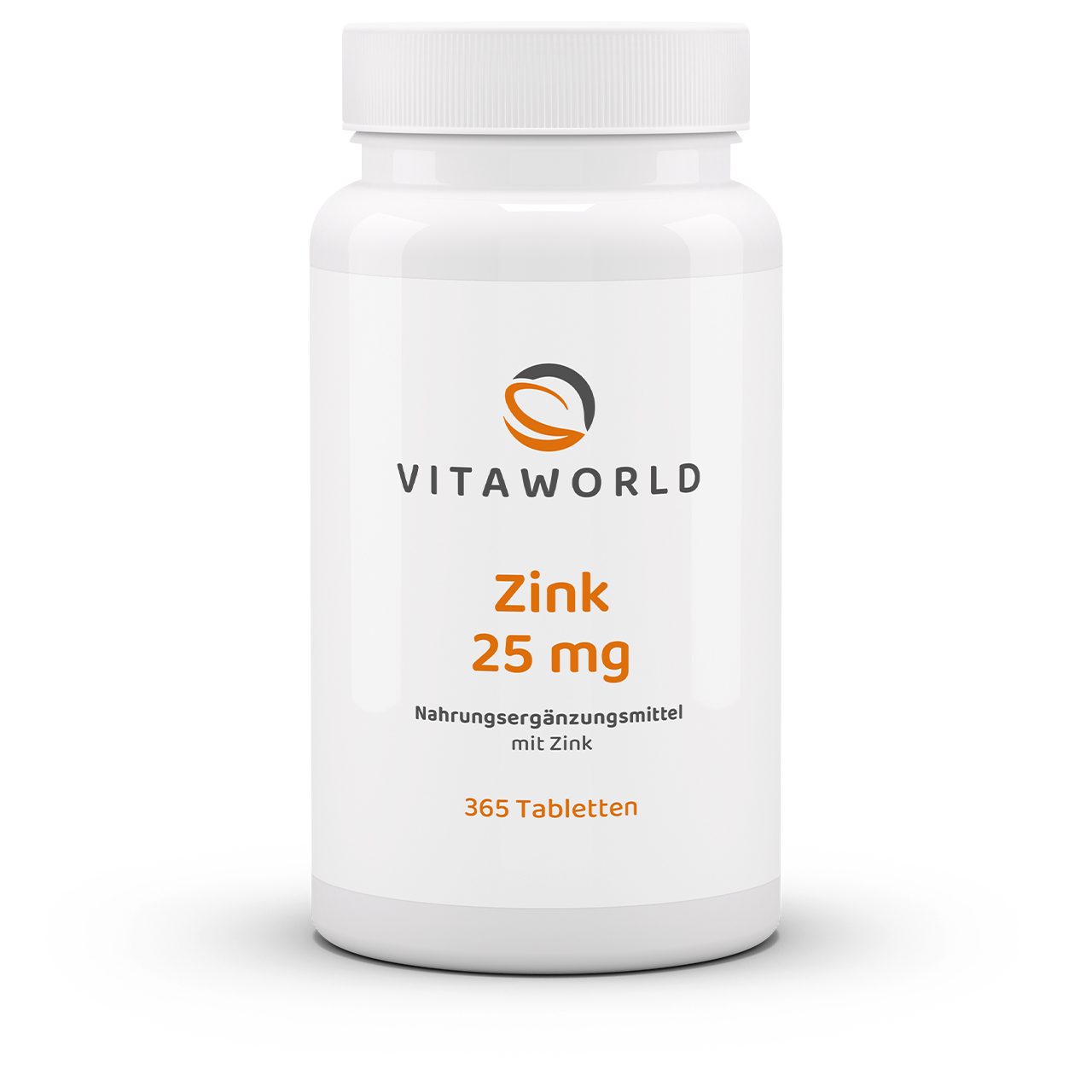
- 25 mg pure zinc – daily for your well-being
- Supports the immune system, cell protection and hormone metabolism
- Ideal for support during demanding times
Content: 0.0913 Kilogramm (€217.96 / 1 Kilogramm)
